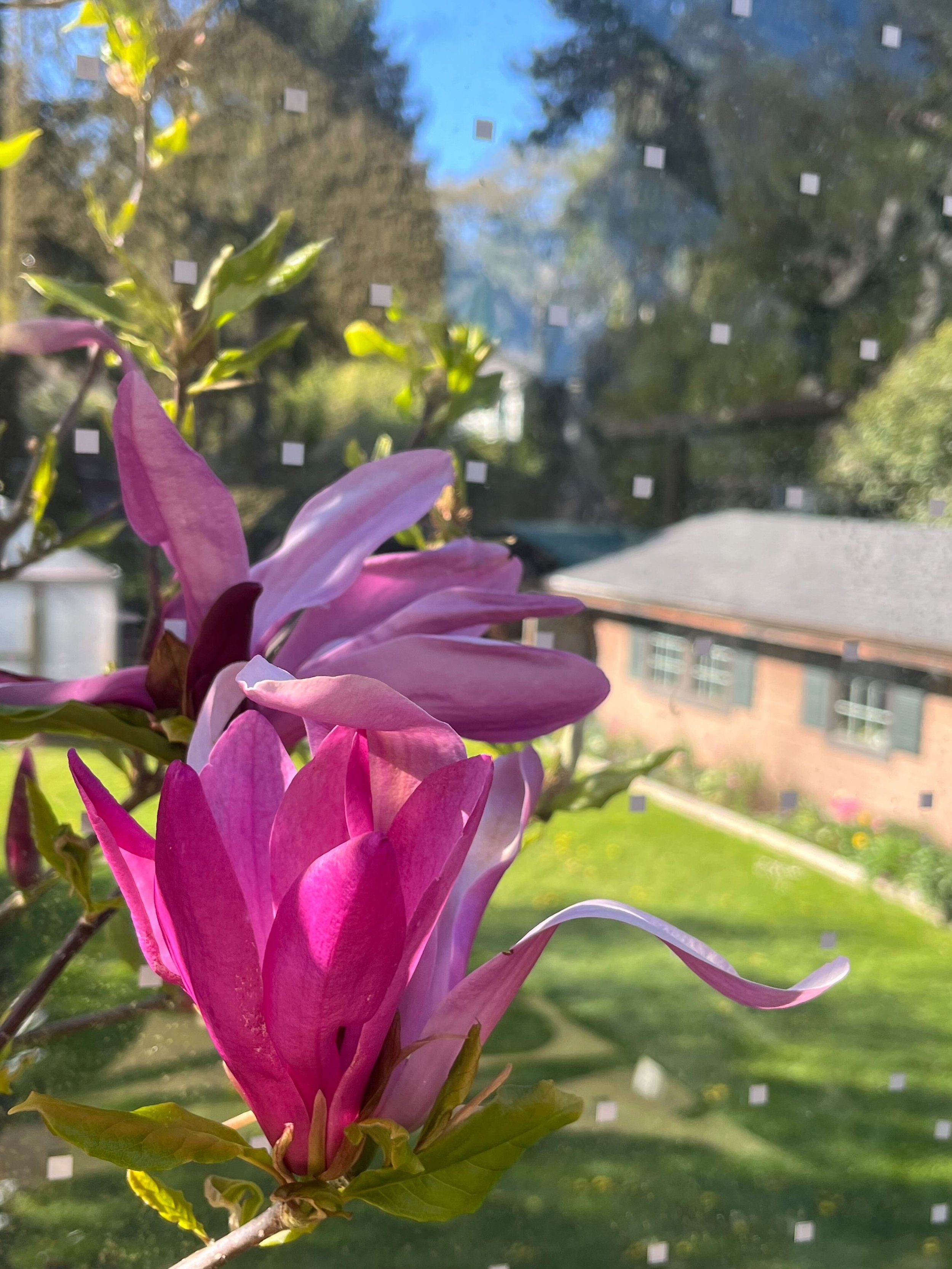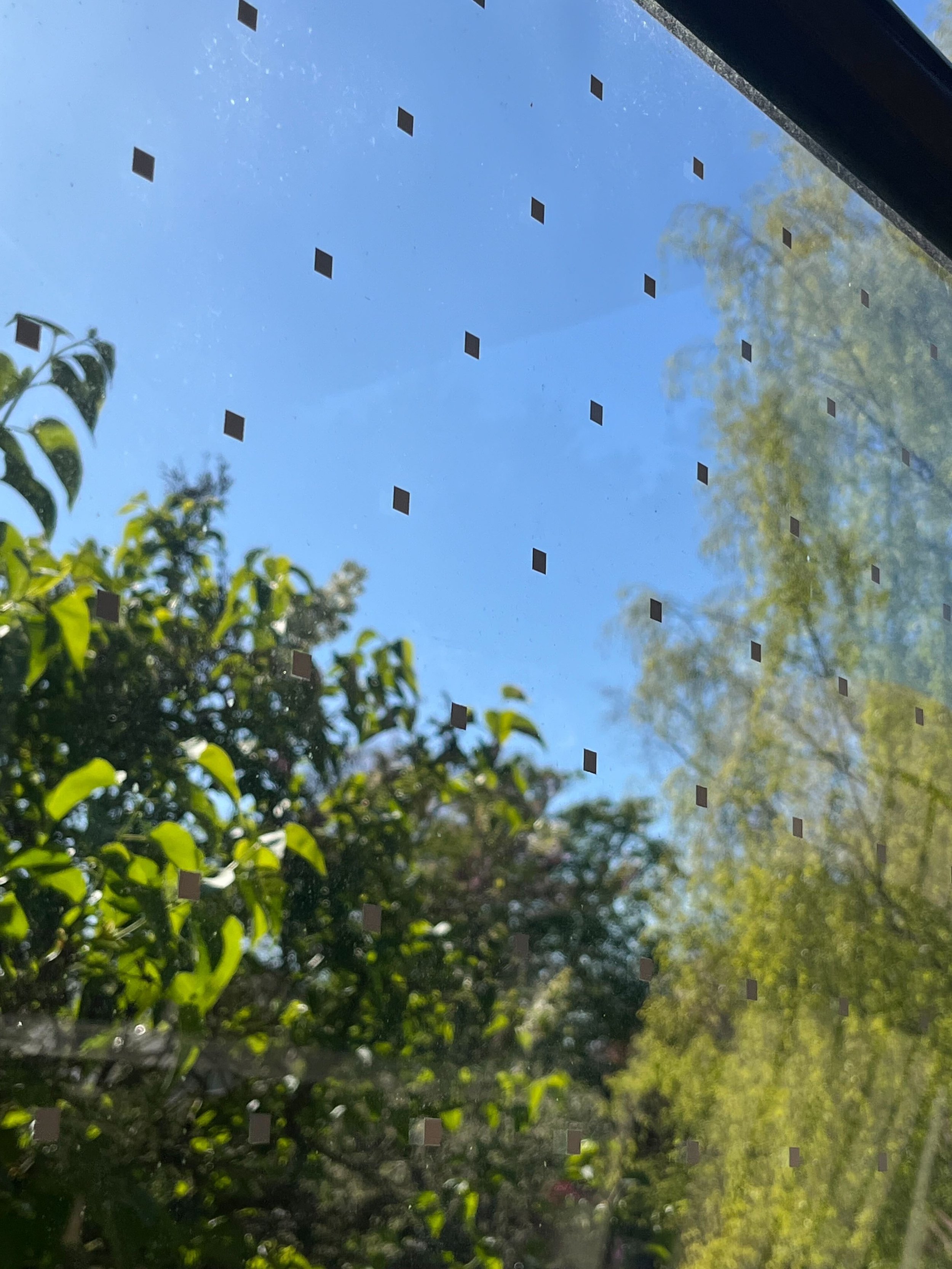The Salish Sea: A Vital Resource for Resident and Migratory Birds
by Aby Elwood, Educator
Sea lions: Aby Elwood
When I close my eyes and imagine the vibrant life within the Salish Sea, my mind often gravitates towards sea lions, whales, fish, and many other marine creatures. But a group of animals that doesn’t often get the spotlight is birds. There are so many birds! Think of seabirds gliding above the waves and shorebirds poking around the shores; there are year-round inhabitants and those that are migratory.
Why is the Salish Sea important for birds?
The Salish Sea has plenty to eat! The water and land here is rich in tasty treats like fish, invertebrates, plankton, and other snacks that keep birds' full. And the Salish Sea has a rich diversity of habitats, from lush forests to sandy beaches; there's a home for a wide variety of birds. This ecosystem is not only a good home for year-round residents, it is a very important place for migratory species. Migratory birds rely on their fat stores to give them the stamina to fly long distances, but these stores dramatically deplete the farther they migrate and they need to restore them quickly. The Salish Sea is food rich and is a great place for a traveling bird to stop and refuel on or after a long journey, and with a variety of spots to nest in, it's no wonder birds frequent this area!
Bald eagle foraging. Photo: Tina Kelly
Common Salish Sea bird species
Marine birds and other birds
Migration — what is it?
Species like caribou, humpback whales, monarch butterflies, and a variety of animals travel from one region to another. This process is called migration. Billions of animals embark on these long journeys to seek better food sources, suitable breeding grounds, or to escape harsh seasonal conditions like cold winters, snow, and ice. Birds are no exception. There are more than 400 species of birds that migrate in Canada each year.
Permanent residents are birds that do not migrate, but stay in the same region year round. Some species have the anatomy to withstand the frigid temperatures, and around the Salish Sea, winter conditions are not as harsh as other areas of the province. Because of this, they can stay in one place where all their needs can be met, where they are able to find sufficient food sources and build safe and successful nesting habitats. Bald eagles, American crows, and mallard ducks are permanent residents.
Turkey vulture. Photo: Tina Kelly
Short-distance migrants are birds that need to move to a new region to get the resources they require during colder seasons. This group of birds include buffleheads, golden eagles, and brant geese. These birds breed in Canada, and migrate to temperate regions to overwinter in Southern Canada, the United States, or Northern Mexico. Fun fact: buffleheads breed in interior BC and spend winters in the Salish Sea; they return, almost like clockwork, on October 15.
Long-distance migrants are Western sandpipers, olive-sided flycatchers, and turkey vultures and they have to travel much farther to get to their winter homes. These species often migrate down to tropical areas in Southern Mexico, the West Indies, or South America.
Purple martin at Sidney Island nest box. Photo: Tina Kelly
An avian highway
In British Columbia, birds migrate southward, toward warmer regions, from August to October, to escape the cold and decreasing food availability. Then once springtime arrives, March to May, birds fly northward to nest, breed, and most importantly FEED! The local migratory pathway for many birds journeying through British Columbia is the Pacific Flyway. This is one of four major migration routes for birds in North America. It extends from Northern Alaska down to South America and it is estimated that roughly 1 billion birds migrate along the Pacific Flyway each spring and fall. Some common fliers along the flyway are golden eagles, fox sparrows, and purple martins.
Plastic pollution. Photo: Tina Kelly
Roadblocks along the flyway
Birds face challenges during their migration. Some of the negative impacts on these feathered friends are:
Window collisions: If you read April’s Salish Sea Stories, you might already be aware window collisions are a major threat to birds. In Canada, 16 to 42 million birds are killed by window collisions each year, and more are injured by window crashes. Migratory birds are no exception.
Habitat degradation: The loss of habitat is one of the largest challenges for resident and migratory species. Urban developments and overall human interruption to ecosystems results in limited space for birds to nest and find shelter. This impacts both survival and reproduction. Not to mention, more infrastructure also increases potential for window strikes.
Plastic pollution: Plastic has negative impacts on many organisms, but poses a significant risk for birds. Tiny pieces of plastic can be mistaken as food. Shorebirds, like sandpipers, mistake microplastics as smaller crustaceans or fish eggs. This fills their stomach with indigestible material, leading them to become very sick or starve.
Bird feeder
Take action
Bird feeders can help ensure animals are refueled for traveling long distances. Filling your feeders with high-calorie ingredients, like sunflower seeds, will be extra beneficial. Sunflower seeds are one of the best foods for birds as they have a high fat content, are easily metabolized, and quickly turned into energy. Red millets, oats and flax are often used as fillers in bird seed mixes, and are commonly avoided by most birds. Stick to a seed mix that contains less filler foods, and a higher sunflower seed content. Here is a quick guide on bird seed.
It is up for debate whether bird feeders are good for birds. They can harbour disease if not cared for correctly. Cleaning your feeder every two weeks, as well as the area around it, is recommended to help decrease the risk of infecting birds. Another way to decrease contamination is to keep 2-3 days worth of food in the feeder at a time. When certain foods are ignored for long periods, like filler ingredients, it leads to bacteria and fungal growth. Here is more information on how to keep a healthy bird feeder.
Turning your lights out at night is an easy and effective way to help. The majority of birds, such as sparrows, thrushes, and flycatchers, migrate during the night, and excessive lighting can be confusing and cause them to veer off path. From March to May and August to October, peak migration seasons, turning lights out between 11pm - 6am will support these travelers!
Anti-strike modifications to windows are proven to be very effective at limiting collisions. Adding high visibility decals, mesh screens, or even soap residue reduce the reflectiveness of the glass and make the window more visible to birds. The BCSPCA has a good resource on how to limit window collisions.



Community science is a great way to have a positive contribution. Residents around the province, and anywhere, can input their bird observations into iNaturalist. iNaturalist is a website and mobile application where anyone can record and share what they find in nature — plants, insects, birds, and more. This provides scientists with access to a large volume of data and can help them gain a greater understanding of animal behavior, migratory patterns, and ways to protect species. Get started with iNaturalist.
Quick recap — the Salish Sea is for the birds!
We’re celebrating World Migratory Bird Day, May 11 with hands-on learning opportunities.






